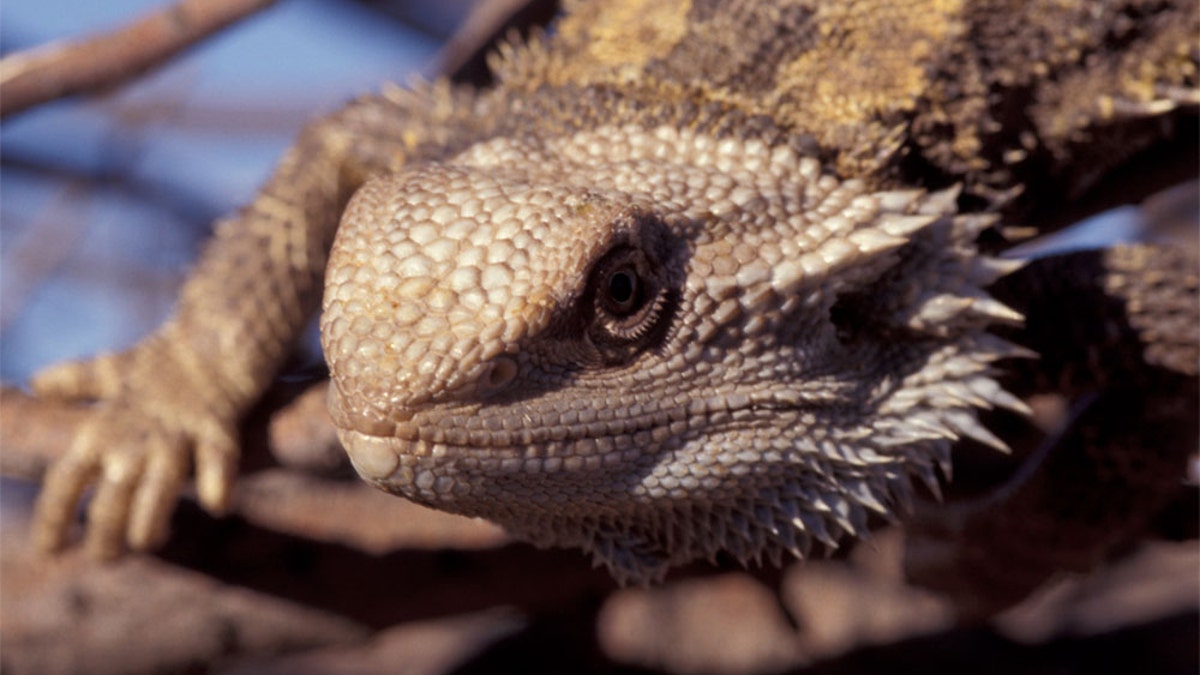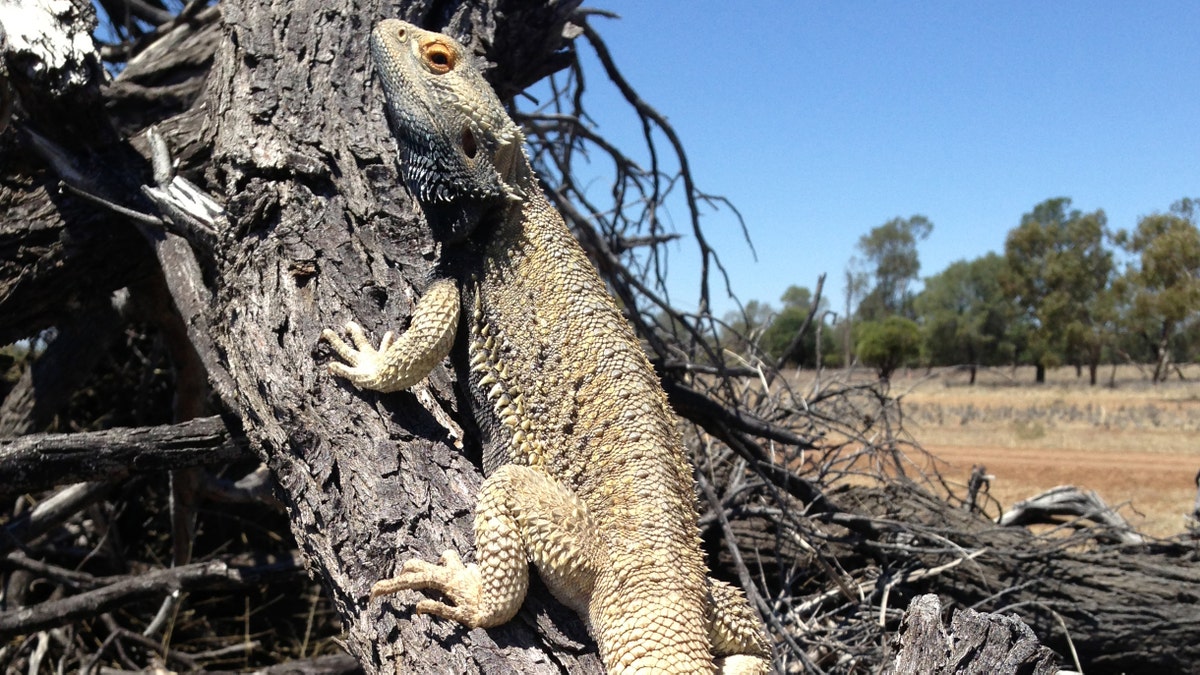
(Arthur Georges)
When some lizards can’t take the heat, they change sexes. In a recent study published in Nature, researchers in Australia revealed that rising temperatures are causing male Australian Bearded Dragons to change into females when developing in the egg. Not only that, but they make better mothers, laying more eggs than naturally born females.
Prior to this discovery, it was believed that some reptiles, such as crocodiles and certain types of lizards and turtles have temperature-dependant sex determination (TSD), while others, like some lizards and turtles, and all snakes, have genotypic sex determination (GSD).

(Arthur Georges)
“TSD species were thought to be particularly vulnerable to climate change and GSD species secure,” study co-author Arthur Georges of the University of Canberra told Foxnews.com. “I suppose what our work means is that, firstly, TSD and GSD are not that far apart mechanistically or in evolutionary terms, which is contrary to mainstream thinking. Secondly, it means that even GSD species can be vulnerable to climate change because higher temperatures can make them switch to TSD.”
Bearded dragons typically inherit two sex chromosomes — ZZ for the males and ZW for the females. After bringing in 131 specimens from the wild, George and Dr. Clare Holleley conducted controlled breeding experiments using a variety of cutting edge techniques, including comparative genome hybridization to demonstrate sex reversal. They also used a bacterial artificial chromosome (BAC) library.
“We used a bacterial artificial chromosome library to generate and verify sex specific sequence and probes that were important to determine the underlying sex of individuals,” Georges said. “A BAC library is constructed by cutting up the dragon DNA, the whole genome, and inserting the fragments into bacterial colonies, one fragment per colony, so you can pull particular dragon sequence out at will.”
Georges added that the team then performed a series of incubation experiments in the laboratory, examining the specimens caught in the wild to show that the underlying genotype of some dragons (ZZ) was discordant with their actual sex (female). In other words, they were able to show that 11 lizards with male chromosomes had changed into fertile females during incubation.
How the heat causes the dragons’ chromosomes to change remains a mystery, though Georges added that he has a theory.
“We believe that after the master sex gene on the sex chromosomes does its work, a cascade of gene regulatory processes (those governing development) is initiated leading to a male or a female hatchling reptile,” Georges said. “For the most part, these regulatory processes are buffered in some way from varying temperatures in the nest, but only to a point. At high temperatures, the control of the master sex genes is eroded, and temperature brings in its influence.”
It will be difficult to demonstrate exactly how this is done, he suggested.
It was also found that temperature alone determined the chromosomes of the sex-changing dragons’ offspring, revealing that the W chromosome was completely gone in one generation. Normally, the missing female chromosome would mean disaster for a species, all but ensuring its demise. This isn’t the case with Australian bearded dragons.
“The dragon is saved from such a fate because temperature takes over the role of producing the requisite females for future generations,” Georges explained. “After the W chromosome is lost, males are produced at low temperatures from ZZ animals, and females are produced at high temperatures from ZZ animals. So all is well, so long as temperatures do not rise to the point where all ZZ animals are reversed.”

(Arthur Georges)
It is unknown why the sex-changed females produce more eggs than the naturally born females, but Georges suggested it has something to do with degenerating chromosomes.
“It could be that the genes associated with sex characteristics accumulate on the sex chromosomes, and given that the W chromosome, like the Y chromosome in mammals, tends to be a degenerate copy of the Z (or X in mammals), then females with two Z chromosomes are better than normal females with one Z and one (degenerating) W chromosome,” he said. “[It’s] a matter for speculation at present, but fodder for further experimentation.”
The study was carried out by the Institute for Applied Ecology, University of Canberra, and the School of Life Science, La Trobe University, Melbourne, and can be found in the online journal Nature.
